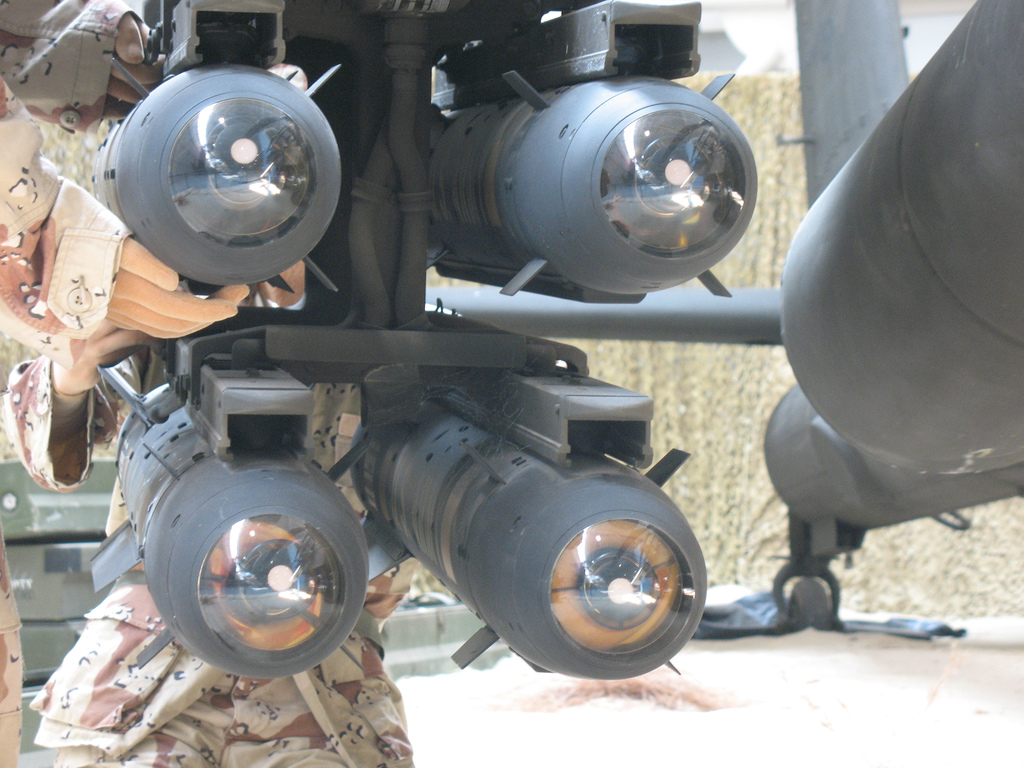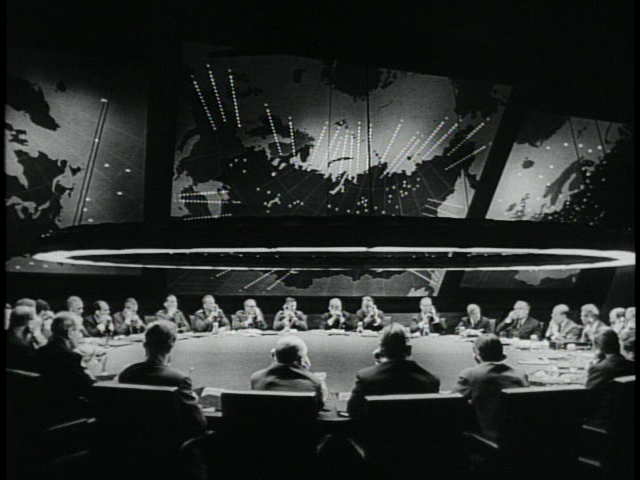Pursuing the “cutting-edge” is a crucial concern for defence departments around the world in their procurement efforts. From a national security perspective, a material advantage plays a pivotal role in determining not only the victors in a conflict, but also, through deterrence, whether or not a conflict is fought at all. As a means to such an end, a healthy, innovation-based economy is everything: the capacity to meet new requirements and satisfy novel and unarticulated needs represents the core of the long-term competitiveness of a country’s business sector and ultimately the quality of life of its citizens.
An efficient, innovation-led economy is characterized by numerous key players in the private and public sector able to translate basic or fundamental research often performed in universities or non-governmental organizations into practical, usage-based applications. Measuring a country’s success in the pursuit of such a goal is not a straightforward matter: innovation is understood in the long term and influenced by complex dynamics unique to the country in question. What can certainly be said in the abstract, however, is that some countries are far more successful at stimulating innovation than others.
Canada is a case-in-point, having been documented in numerous studies to be lagging behind other highly developed countries in measures of innovation. The many reasons cited for this state of affairs range from small population and low population density to the specific makeup and entrepreneurial spirit of the Canadian business sector. Perhaps the most significant factor, however, is that Canada’s position in the international economy is “upstream” in many industries, with defence being no exception. This position has to do with Canada’s dependence on primary resource extraction and processing and the extent of foreign control over firms operating within the country. According to a 2009 study by the Council of Canadian Academies, this position limits national exposure to “end-customers” that serve as key drivers of innovation.
[captionpix align=”left” theme=”elegant” width=”300″ imgsrc=”http://natoassociation.ca/wp-content/uploads/2014/04/drdc_nrc-cnrc_rddc_1.jpg”]
This somewhat disadvantaged economic structure (relative to measures of innovation) has meant that the government has had to play a critical role in fostering and funding science and technology R&D. Most governments employ both “hands-off” and “hands-on” strategies for research and development.
The former refers to a strategy of “devolution” characterized by the awarding of research grants to universities performing basic or fundamental research, and the provision of tax-credits for businesses seeking funds for commercializing this knowledge. This strategy is an effective means of encouraging an innovative environment in general, but it runs a high risk of unintended consequences. Canada is often robbed of the productive benefits of its research and development gains as a consequence of high foreign ownership of high-tech firms (its “upstream position”), like those in its defence sector. Because Canada has a generous science and technology tax benefit, but relatively higher corporate taxes, many firms are inclined to capitalize on Canadian research only to move the production of a new product to a cheaper location. This not only costs the government billions in tax revenue, it also deprives the country of the knowledge spillover of production processes.
The latter, “hands-on”, strategy is regarded by organization’s like the Organization of Economic Cooperation and Development (OECD) as a more promising approach, referring to the direct funding of R&D initiatives through specialized organizations. Canada has traditionally relied on the so-called hands-off strategies, though it should be noted that it has important hands-on organizations that directly fund R&D initiatives. Most notable for the purposes of studying the defence sector, Defense Research and Development Canada (DRDC) performs essential science and technology R&D functions in keeping the Canadian Forces up to date.
While Canada appears to be moving in the direction of hands-on Science and Technology funding, there may still be an opportunity for path-breaking improvement. In the United States, a country whose innovation measures far outpace Canada’s, there are effective programs in place to move science and technology from the classroom to the drawing board to the factory, particularly in the case of defence. In 1957, the Soviet Union launched Sputnik, the first man-made satellite to orbit the planet. This event produced a growing anxiety in the United States and other Western countries that the Soviets had eclipsed the world in science and technology development. In response, the US launched the Defense Advanced Research Projects Agency (DARPA) in 1958 for the purpose of preventing technological surprise at home and creating technological surprise for the enemy. Though the DRDC acts as a rough Canadian equivalent to DARPA, there are subtle but important differences between them that change the projects undertaken and results they produce.
[captionpix align=”left” theme=”elegant” width=”300″ imgsrc=”http://natoassociation.ca/wp-content/uploads/2014/04/24525petman_inner.jpg”]
DARPA is responsible for “an unparalleled number of breakthroughs” including GPS, stealth technology, and network systems that would eventually evolve into today’s internet. All of this is made more remarkable by the fact that the agency has a proven track record for speed of delivery, a relatively tiny organization, and a very reasonable budget. According to an article by a former director and deputy director, the DARPA Model is characterized by three interrelated elements: ambitious goals, temporary project teams, and independence. In the first case, the problems to be tackled by the agency are intended to push or help catalyze a science. Importantly, because this “high-risk, high reward” approach is directed at producing a use-based application from fundamental science, the results often yield cross-cutting technologies that overflow the boundaries of military-specific applications, serving as an economy-wide engine of growth. Additionally, the problems tackled by the agency are intensely focussed and most notably, temporary. In contrast to the DRDC, which maintains several areas of expertise, DARPA does not fund continuously open research programs, opting instead for punctuated, goal-oriented projects. Finally, by charter, DARPA has complete autonomy in the selection of projects.
[captionpix align=”left” theme=”elegant” width=”300″ imgsrc=”http://natoassociation.ca/wp-content/uploads/2014/04/petman.png.CROP_.rectangle3-large.png”]
Comparing the two agencies should be taken with a grain of salt; no two countries are completely alike, nor would something that works in one place necessarily work in another. That being said, there is a clear difference between these organizations that is certainly worth pointing out. The DRDC produces valuable work in “delivering results for Canada’s defence and security”, but it’s also clear that DARPA’s loose, independent, and bold mission is by its very nature more open-ended than its Canadian analogue. A key deficiency in Canada’s innovation-economy is difficulty translating basic, fundamental research like that performed in universities and non-governmental organizations into marketable, use-based science and technology. Supplying the Canadian economy with an organization that performed this high-risk, high reward research and development could help rectify its innovation gap and further strengthen the Canadian Forces.




